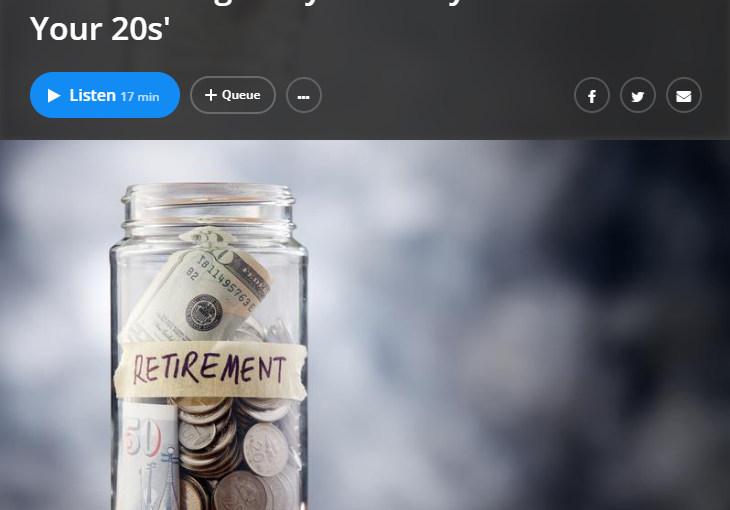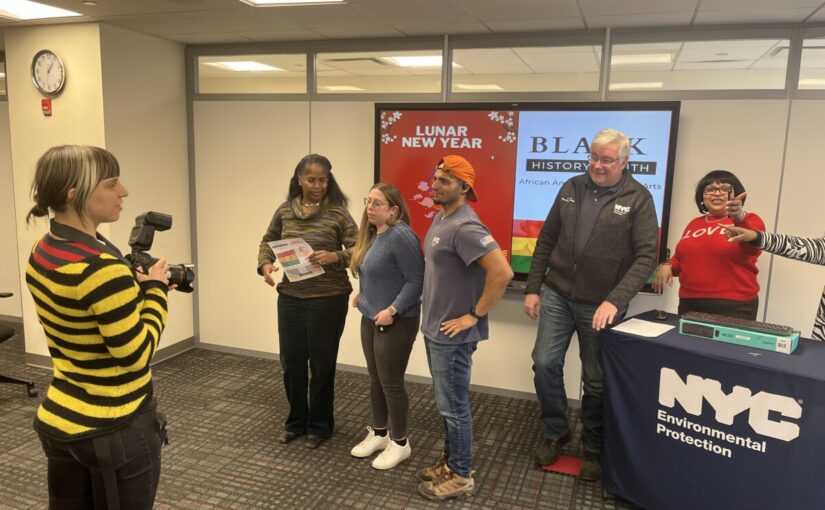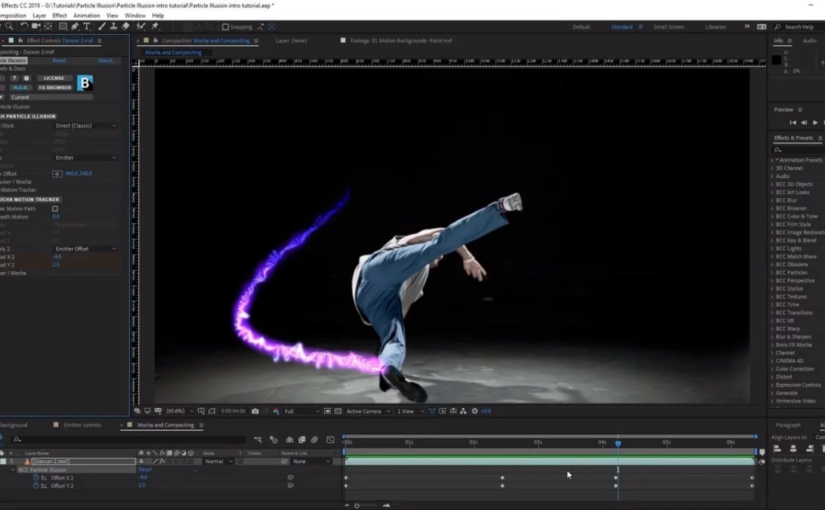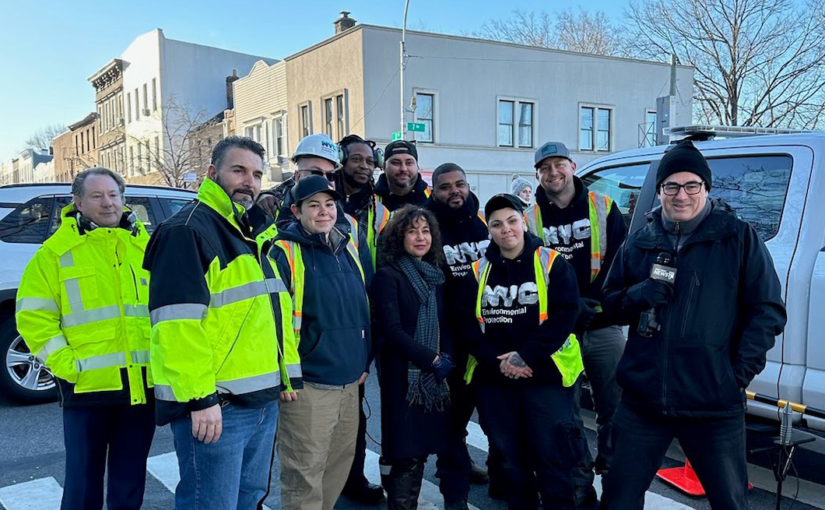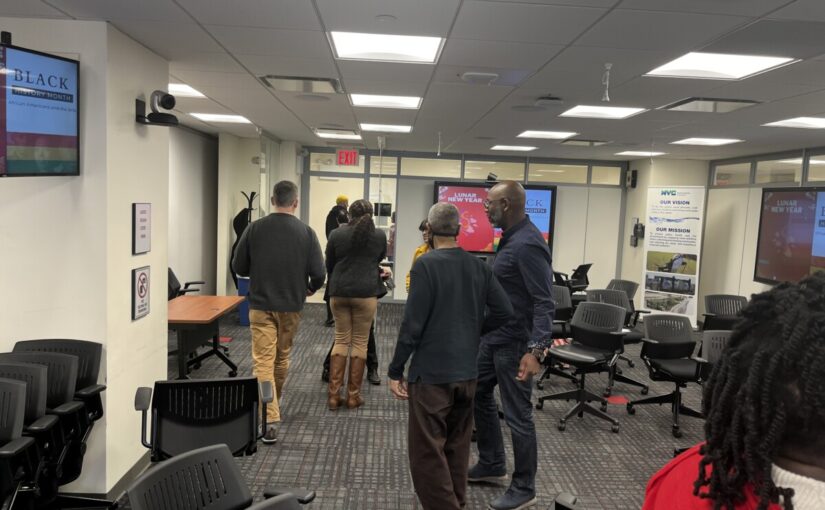You are working as an Art Director for a publication what has a long history of strong reporting and careful fact-checking. One night, the Executive News editor comes to your office to demand that you release a story to the printer and upload it to the magazine’s website without the copy department reviewing it . This is not the typical workflow the company follows and you do not report to the Executive News Editor but to the Creative Director.
The Executive News Editor reports to the Editor in Chief who is traveling internationally and not available. The Creative Director, your boss, reports to the Publisher but the Creative Director has left for the day already for a family emergency and the Publisher is not available either.
The Executive News Editor is definitely on a higher level in the organization than you are but his request is NOT following the accepted protocol and you are concerned that the story has not been properly fact-checked and proofread. What do you do in this ethical dilemma?
In this scenario, I would uphold the publication’s commitment to strong reporting and careful fact-checking, which are fundamental to maintaining credibility and trust with readers.
Politely but firmly express your concerns to the Executive News Editor about deviating from the standard workflow and the potential risks of publishing a story without proper review.
Since your direct supervisors are unavailable, consider reaching out to other senior staff members or colleagues for advice on how to proceed ethically.
Keep records of your conversation with the Executive News Editor and any subsequent actions taken, ensuring transparency and accountability.
If the Executive News Editor insists on proceeding despite your concerns, consider escalating the issue to higher management or the Editor in Chief upon their return, emphasizing the importance of upholding ethical standards in journalism.
Overall, prioritize the publication’s integrity and adherence to established protocols, even in the face of pressure from higher-ranking individuals. Your commitment to ethical conduct is essential in maintaining the publication’s reputation and credibility.
